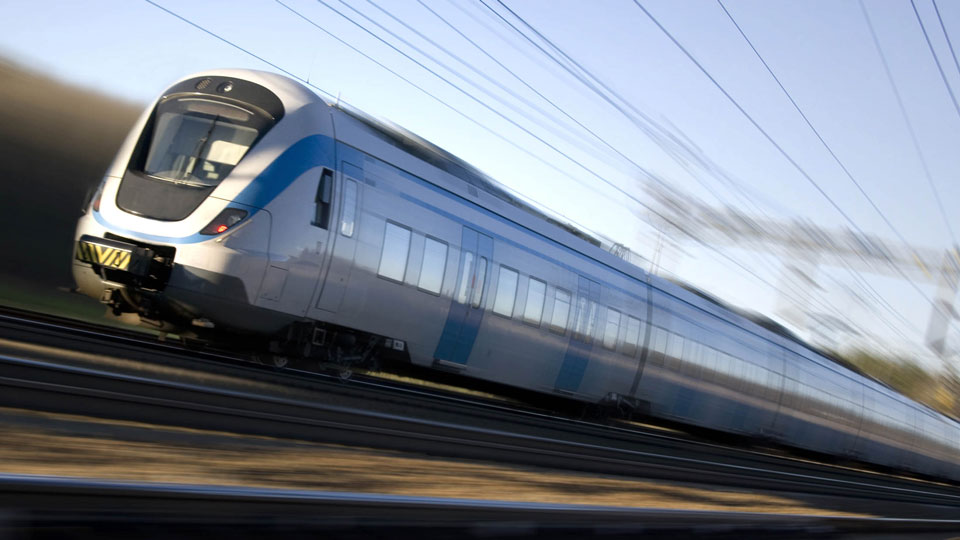
In this Viewpoint, we examine the challenge faced by major rail operators in Asia as they seek to address the unavoidable reality of aging assets, while at the same time delivering major capital projects. We then highlight the role that effective long-term capex planning and execution can play in helping operators to overcome the “totex dilemma” and optimize the efficiency and effectiveness of rail operations.
Headlines reporting major rail infrastructure projects across Asia – including Hong Kong’s Express Rail Link, the Kuala Lumpur-to-Singapore high-speed railway, and of course China’s ambitious One Belt One Road (OBOR) strategy – do not struggle to capture the imagination, with promises of reduced journey times and new possibilities for commerce.
In parallel, digital technology presents new possibilities for how rail operators can maintain and assure their assets. Increasingly, leading operators are embracing predictive and condition-based monitoring techniques to increase asset availability, reduce costs and enhance safety.
Yet, beyond the prominence of major capital projects and digitally enabled maintenance regimes, there is another, less visible battle being waged by the world’s foremost railway operators. To optimize the efficiency and effectiveness (E&E) of their operations, operators must address the harsh reality of aging asset bases. While this can be interpreted in different ways, in this paper we define E&E as the optimal use of limited corporate resources by rail asset operators to address strategic business needs and deliver consistent, high-quality operating railways within cost parameters. Europe’s rail networks are, of course, no strangers to asset renewal and replacement. In the UK, Transport for London (TfL) stands to spend £5.5bn on its 4 Lines Modernisation (4LM) program, where infrastructure dating back to 1863 will be replaced across four Underground lines.
In Asia, however, such wholesale renewal and replacement of assets is a relatively recent phenomenon. As major metro-rail networks, such as Singapore’s SMRT and Hong Kong’s MTR, approach 30 and 40 years of service, respectively, decisions on asset renewal and replacement cannot be perennially postponed. Such operators must determine how best to organize themselves to deliver effective decision-making and oversight of major capex programs. This must be achieved while giving careful consideration to a number of factors, not least, customer expectations, railway ownership structures and, in some cases, a widening gap between revenues and the total cost of operating the railway (which comprises both opex and capex elements) – or “totex.”



